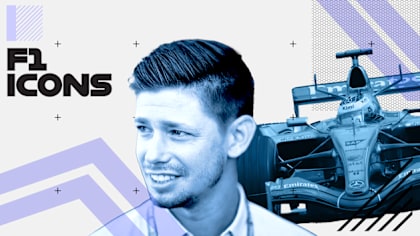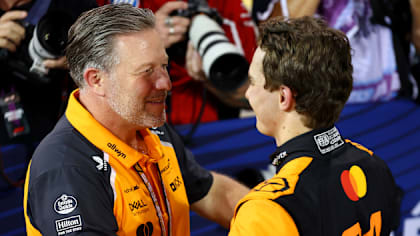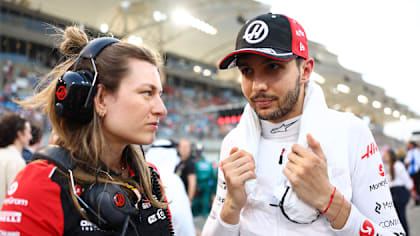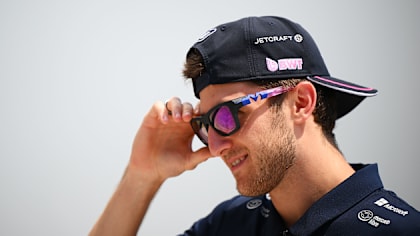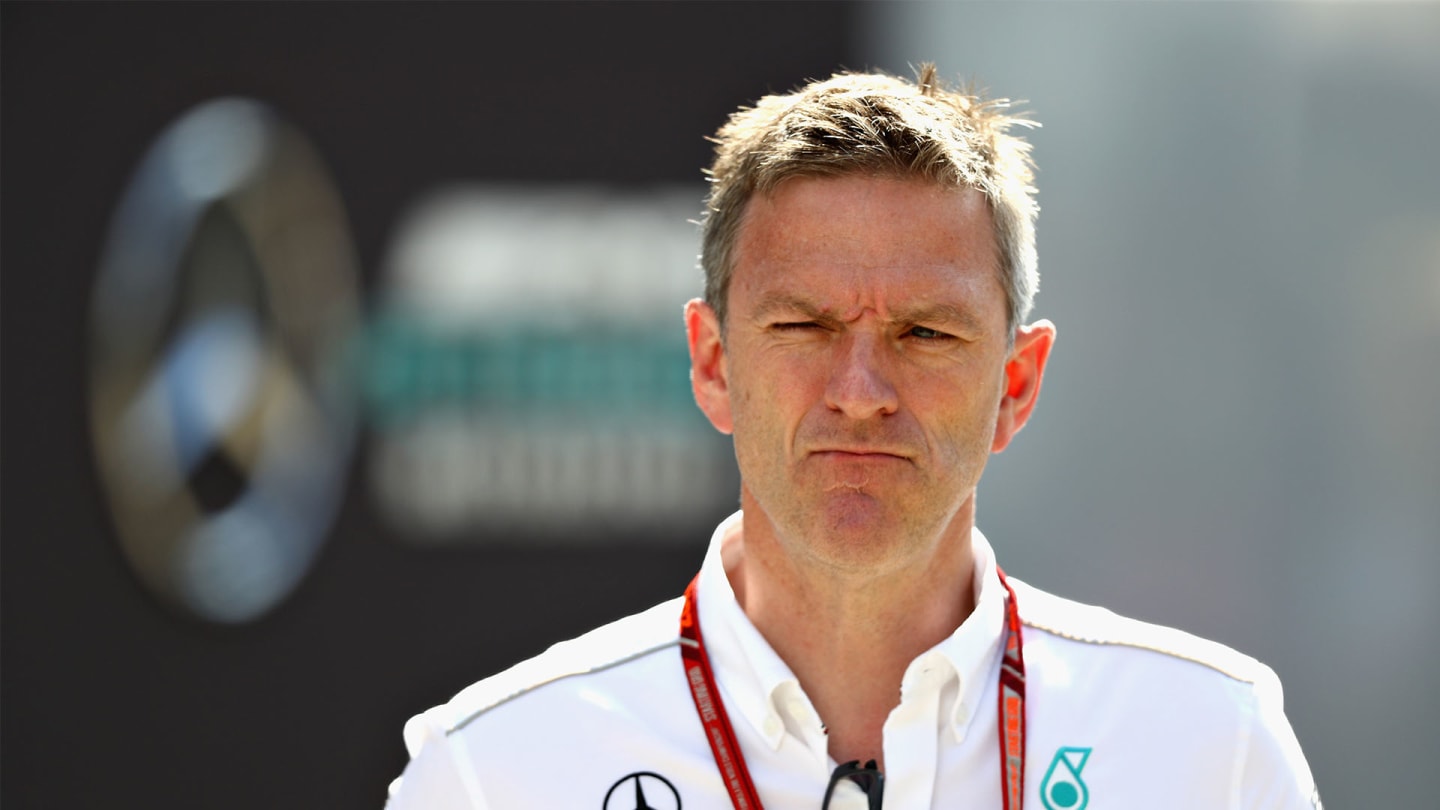
News
Mercedes tech chief Allison on why the 2020 season will set the agenda for 2022
Share

Among the raft of new rules to be approved for Formula 1 last month was a brand new sliding scale aerodynamic testing regulation, designed to help level the playing field in the sport.
From next season, the amount of aero testing allowed for each team will be determined by their championship position from the previous year, with the champions getting the fewest wind tunnel hours, and the 10th-placed team the most.
Mercedes might stand to be handicapped the most by the new system, given their dominance of the constuctors' championship since 2014, but the team's technical chief James Allison also says the new rules will mean the 2022 season pecking order will be heavily influenced by the teams' performance this year.
“This regulation is being introduced next year,” Allison said on the F1 Nation podcast, “so it will start in 2021, but actually consider what that means: in 2021, we're all going to be running cars that are largely frozen, carried over cars from 2020.
READ MORE: Mercedes and Ferrari set for private tests as they ramp up preparations for F1 return
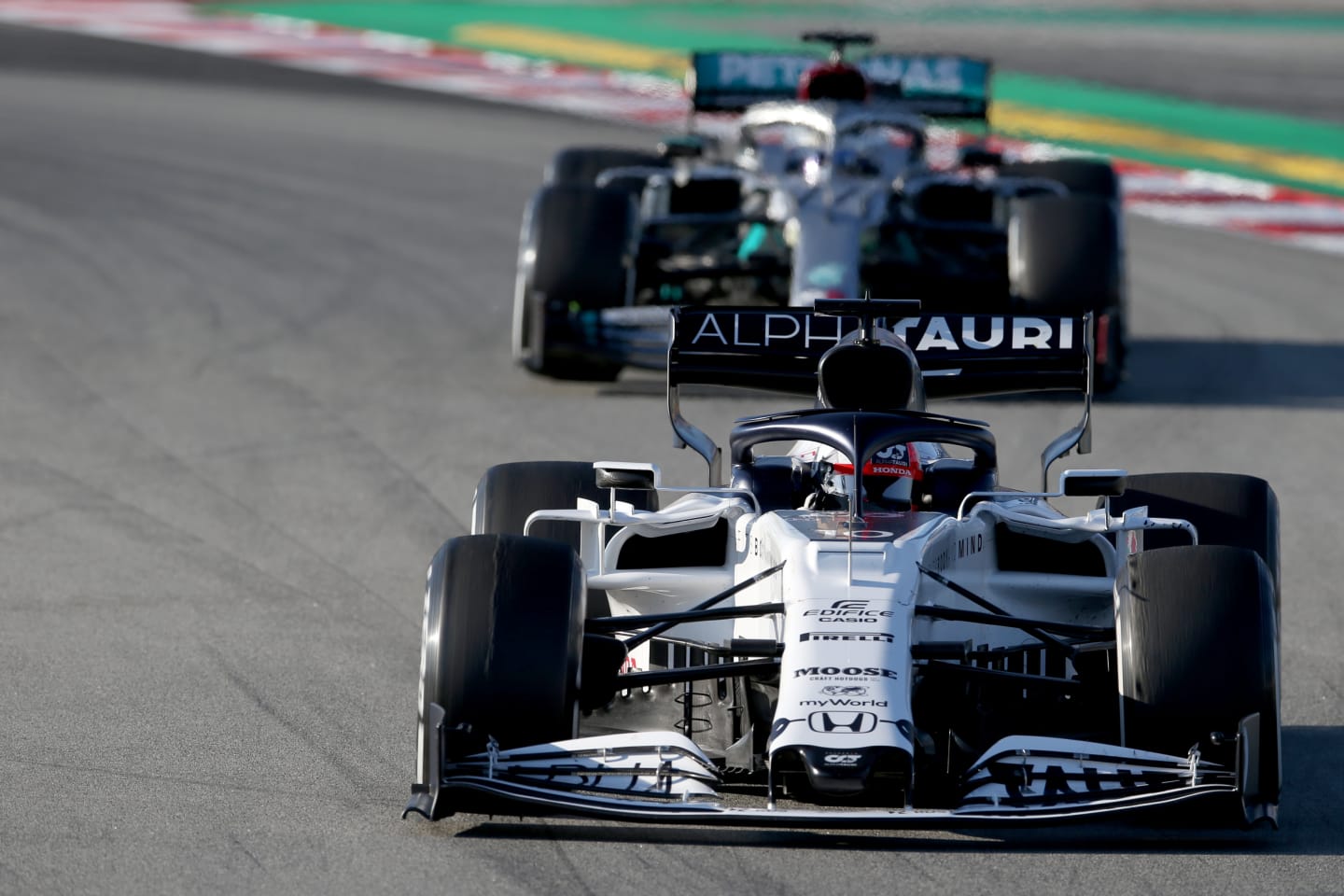
Mercedes will have to be 'super smart' to keep up with teams who'll have more aerodynamic testing time, says Allison
“Our significant axis of work in 2021 is going to be on preparing this new generation car for 2022, and so the large majority of the aerodynamics that you can afford to invest in 2021 are going to be on the following season, 2022.
“So the amount of aerodynamics you can bring to bear for 2022 – 2022 remember – is going to be determined by how good you were in 2020. So this entirely new, 'blank sheet of paper' car, which has got nothing to do whatsoever with the current generation of cars – your fortune in that championship is to some extent influenced by just how strong you were in 2020, two seasons previously. That's a really laggy feedback system.
READ MORE: Opening races of 2020 will suit ‘formidable opponent’ Verstappen, say Mercedes
“I guess that's the nature of the challenge, but it's maybe not as obvious on first reading of those regulations just how long the shadow is that they cast.”
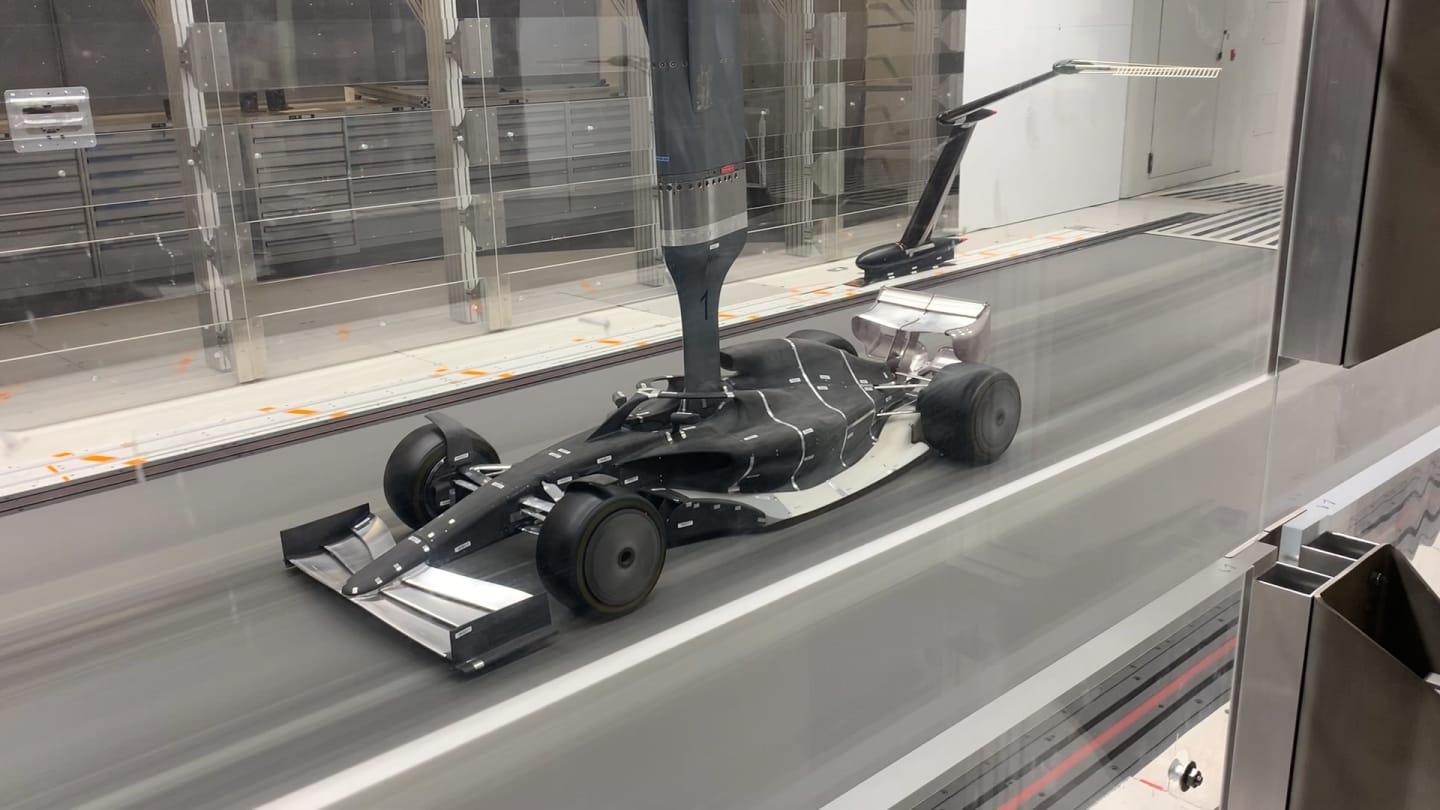
From next year the teams will be further limited in how much they can use their wind tunnels
But Allison rejected claims the new rules would restrict creativity on the part of designers.
“I'm not sure that it's anti-innovation,” he said, “because whatever level of aerodynamic test restriction you're granted… however many runs you've got, however much CFD [Computational Fluid Dynamics testing] you're permitted to bring to bear, the incentive to be innovative is going to be ever-present. So it's not anti-innovation.
“What it does is just brings more... opportunity to a team that has more overall aerodynamic testing granted to them than to one who is more restricted, and the one who is more restricted is going to have to work super smart in order to keep up performance relative to the ones who are less restricted.”
To hear more from Allison, including his thoughts on the likelihood of Sebastian Vettel joining Lewis Hamilton at Mercedes, and who he thinks his team’s main challengers will be in 2020, listen to the episode of F1 Nation in the player below.
This feature is currently not available because you need to provide consent to functional cookies. Please update your
YOU MIGHT ALSO LIKE
FeatureF1 Unlocked F1 ICONS: MotoGP legend Casey Stoner on the ‘freaking phenomenally talented drivers’ who have inspired him
News Brown predicts Piastri will ‘only get stronger’ in championship lead as he explains what that means for Norris
News Ocon opens up on working with ‘very impressive’ new Race Engineer Laura Mueller at Haas
News Doohan praises Alpine for removing pressure around his future with the team
.png)
